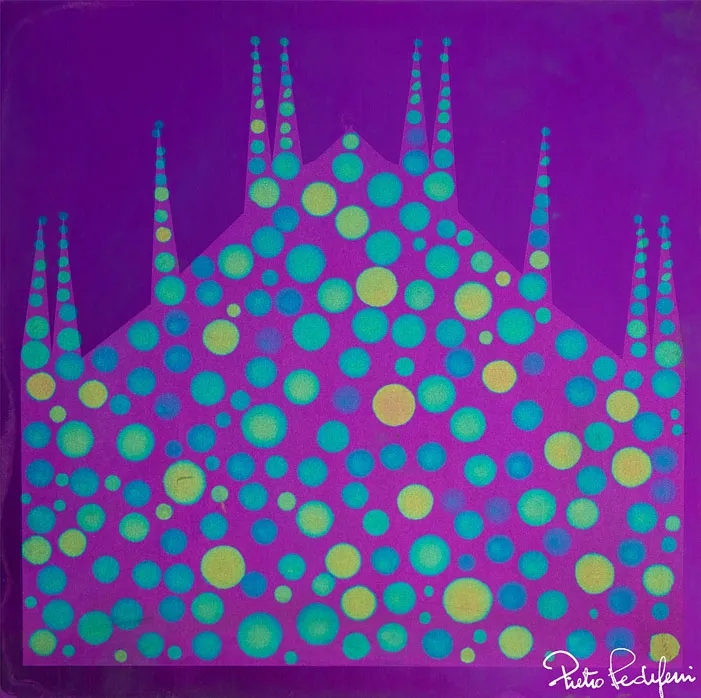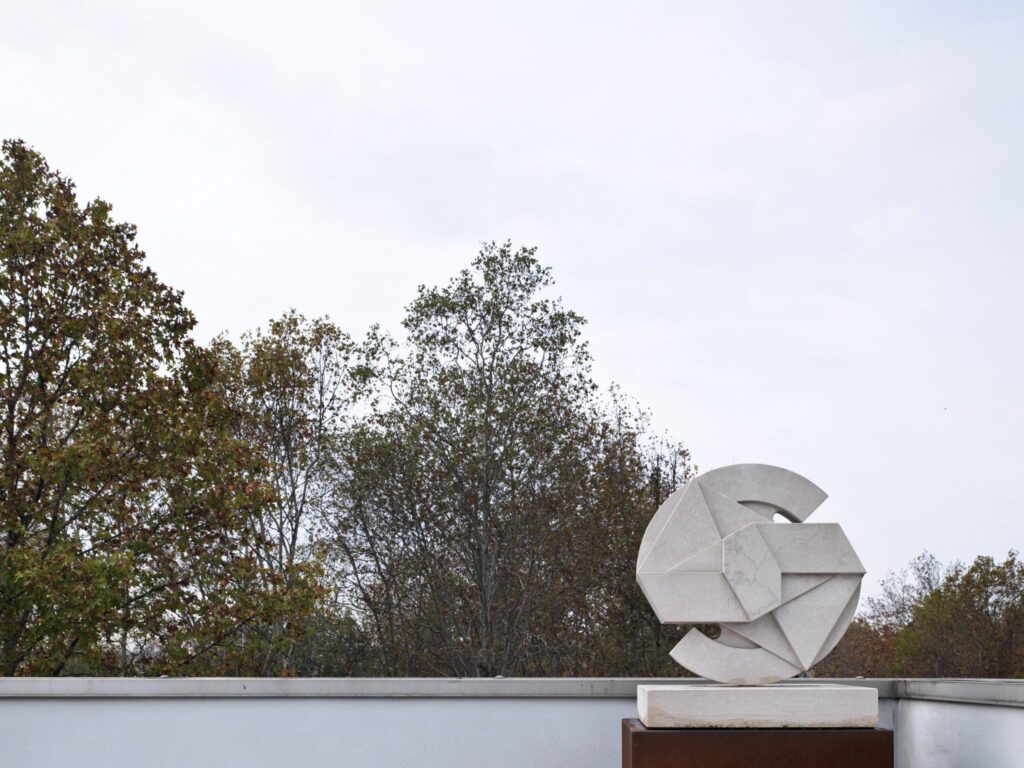We are sure that you will have unexpectedly come across a work of art while running from one lecture to the next. The Poli’s collection comprises many works created by great artists and designers: works that represent the university's history, its values and its DNA. An open-air museum with a symbolic entrance in the heart of the Leonardo Campus, in Piazza Leonardo da Vinci 32 (we told you about it in MAP 9, Made in Polimi), that can be visited virtually at www.museovirtuale.polimi.it.

We spoke to Professor Federico Bucci, the Rector’s Delegate for Cultural Policies:
“Made in Polimi is a physical museum dedicated to the memory of the Politecnico. It is a “shop window” into a widespread museum collection that spans many of spaces across our campuses which has also been compiled online. The site showcases our collections of historical technical instruments and bequests left by artists such as Giò Pomodoro and Salvatore Sebaste. It is a wonderful thing when we receive a donation from an artist or a private collection, as was the case with De Chirico’s Ettore e Andromaca (“Hector and Andromache”) which was recently donated by a generous anonymous donor and installed in the Biblioteca Centrale Leonardo.”
We spoke about Ettore e Andromaca in MAP 10We asked Bucci about the value of these donations: "A work that comes from a private collection is made available to everyone and enjoyed by students in particular, who pass by it every day. The students are therefore immersed in a cultural climate of the highest calibre, absorbing it, being stimulated and motivated.”

he Virtual Museum, like the physical museum which spans across the Politecnico’s spaces, is a work in progress, never finished, always evolving. “Not only do new works arrive, but there are many artefacts of great value that are still stored and protected in cupboards, that need to be assessed and exhibited in the correct way, telling the story of the pioneers that came before us, offering the hahahahshhsdjfsjfjbdbfjdajbfjd narrative background to examples of the Politecnico’s DNA created by the great artists hat have donated them over the decades. As an art historian, I really believe in this project which is not merely about preservation: it is an invitation to interpret memories in perspective, as our forefathers did, like Francesco Brioschi and Giuseppe Colombo, who worked on history in order to design the future. Entrusting a valuable work to future generations is an invitation to create something new", concluded Bucci.
You can browse hundreds of works and historical objects in the Virtual Museum. Today we are inviting you to visit three of these virtual rooms (because there is not enough space for all of them here; although you can find them online).
The iconic CRC 102A, the valve calculator produced by the Computer Research Corporation. It was the core around which the School of Computer Engineering at the Politecnico di Milano developed, both in the field of research and that of teaching. It was made available to the community and partner industries and remained in operation until 1963.
“I like to imagine a young (Luigi) Dadda, returning from the United States at barely 25 years old, as he disembarked from the ship with a large box containing Europe’s first calculator", remarked Bucci.
The Museum of Corrosion, a collection dedicated to Professor Pietro Pedeferri, a 1963 Alumnus of Chemical Engineering and full professor from 1983, first of “Electrochemistry” and later of “Corrosion and Protection of Materials” who subsequently became the Head of the Department of Chemistry of Materials. It consists of a selection of approximately 140 case studies that demonstrate the behaviour of metals subjected to different types of corrosion.

The Giò Pomodoro collectionomprises 19 sculptures and two paintings. The works, entrusted to the university by Archivio Gio’ Pomodoro, are displayed in a permanent exhibition across the buildings and departments of the Bovisa Campus. In 2018, for the artistic project titled “The external dimension of sculpture”, the Politecnico di Milano received the Mecenati del XXI Secolo (Art Patrons of the 21st Century) award, "at the headquarters of the European Parliament in Brussels “for having transformed the campus into an open-air museum with permanent and temporary exhibitions”.
